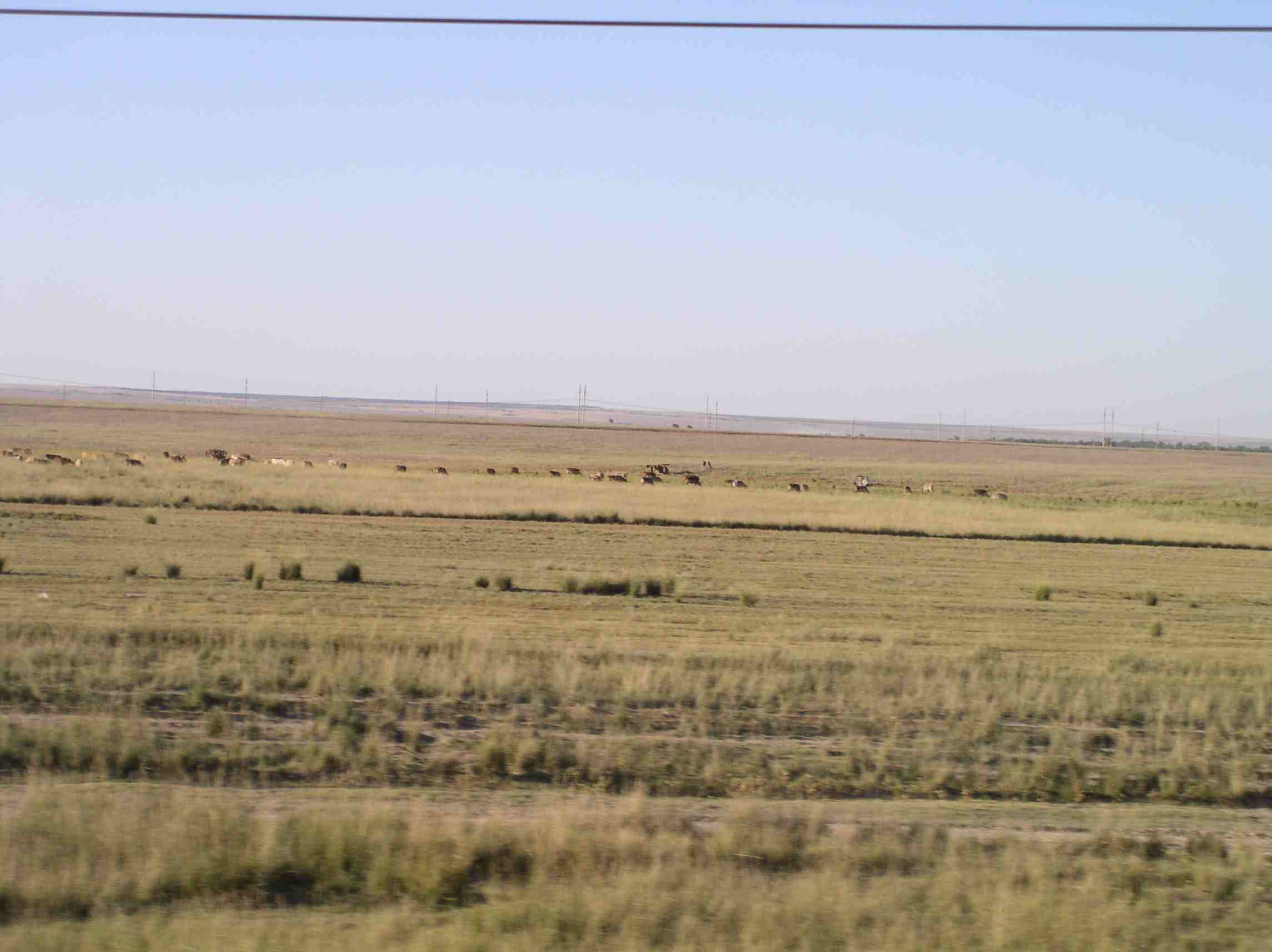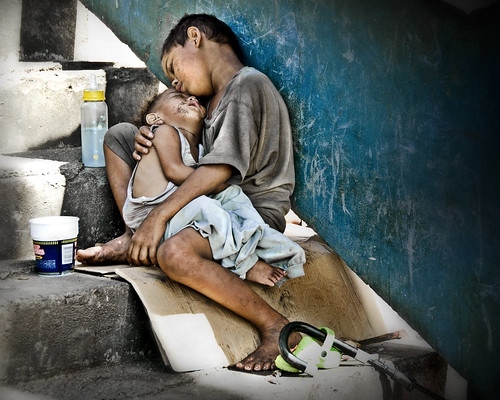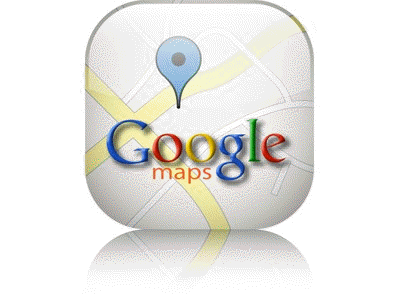
Helpful
|
Harmful
| |
Internal
|
Strengths
· Africa is a continent filled with possibilities for
· Focus on environmental issues: Wildlife conservation (example: protecting Madagascar’s biodiversity)
· Developing financial industry and shipping industry (example: South Africa)
· Crude oil resources (example: Nigeria)
· Africa ranks first in the world in the concentration of the world's largest accumulated reserves of gold, antimony, bauxite, chromium, cobalt, diamonds, fluorspar, hafnium, manganese, phosphate rock, platinum metals, titanium, vanadium, vermiculite and zirconium.
· Growing domestic market
· Low cost of production
· Availability of manpower
|
Weaknesses
· Poverty / employment structure
· HIV / AIDS
· Corruption (example: Nigeria)
· Favouritism
· Internal conflicts (civil war) and refugees
· High Unemployment
· Urbanisation
· Access to clean water
· Education and literacy
· Discriminatory Problems
· Gender inequality
· High Unemployment Rate
· Absence of important skills
· Poor infrastructure hindering competitiveness
· Desertification (example: Sahel)
· Deforestation (example: rainforests in Congo Democratic Republic)
· Only forty-six percent of people in Africa have safe drinking water
· The weakness of the African states
· The biggest risk to African wildlife today is the habitat destruction
|
External
|
Opportunities
· Continuous pressure on multinationals to reduce cost and the multinationals move different stages of the production process to countries with lower costs
· China and India, Asia's two emerging powerhouses, have made no secret of their desire to engage with resource-rich Africa as they seek new economic partnerships to fuel their booming economies.
· Potentials for innovation and entrepreneurship
· Fifa world cup (example: South Africa in 2010)
|
Threats
· Protectionism
· Cholera Outbreak
· Interstate conflicts, refugees and terrorism
· Competition from other low cost countries
· Africa suffers from global warming
· The African population is more at risk from rising food and energy prices
· Africans are severely affected by the inequities of the current international trading system
· Increased trade barriers
|
.














 A steppes is a landscape or region that receives an low amount of precipitation, sometimes not enough to support larger vegetation. Most steppes have an average annual precipitation between 250 millimetres and 500 millimetres.
A steppes is a landscape or region that receives an low amount of precipitation, sometimes not enough to support larger vegetation. Most steppes have an average annual precipitation between 250 millimetres and 500 millimetres.




























